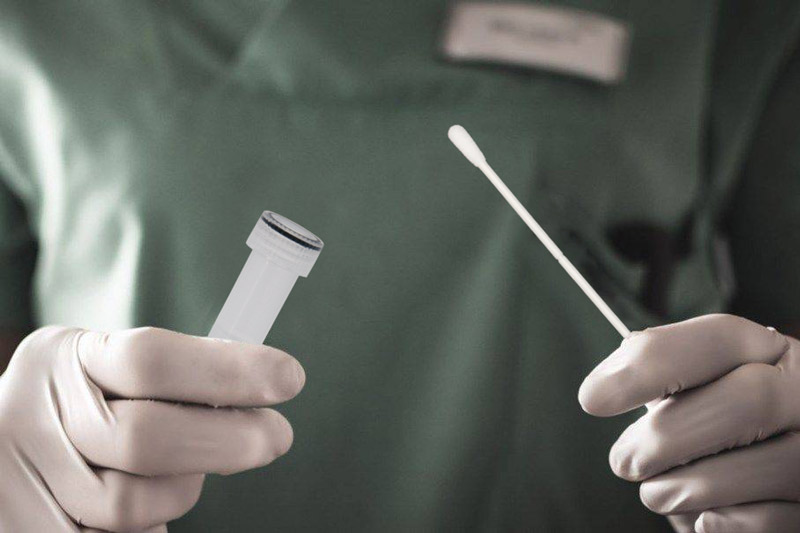Cervical cancer is a significant public health concern that affects millions of women worldwide. According to the World Health Organization (WHO), cervical cancer is the fourth most common cancer among women, with an estimated 570,000 new cases and 311,000 deaths reported globally in 2018. The good news is that cervical cancer is preventable and treatable when detected early. One of the most effective ways to detect cervical cancer early is through cervical swab testing.

What’s Cervical Swab Testing
Cervical swab testing, also known as a Pap smear or Pap test, is a simple and painless procedure that involves collecting cells from the cervix and examining them for abnormalities. The test is usually done by a healthcare provider during a routine gynecological exam. The collected cells are sent to a laboratory for analysis, where they are examined under a microscope for any signs of abnormality.

Cervical Swab
The main purpose of cervical swab testing is to detect abnormal cells on the cervix that may develop into cervical cancer if left untreated. These abnormal cells are usually caused by human papillomavirus (HPV), a sexually transmitted infection that is the primary cause of cervical cancer. The HPV virus can infect the cells on the cervix, causing them to grow abnormally and potentially lead to cancer.
Regular cervical swab testing is essential for the early detection of cervical cancer. The American Cancer Society recommends that women between the ages of 21 and 65 should have a Pap test every three years. Women over the age of 30 may choose to have a Pap test every five years if they also have an HPV test. Women who have a history of cervical cancer or other risk factors may need more frequent testing.
Early detection of cervical cancer through cervical swab testing can significantly increase the chances of successful treatment. When detected early, cervical cancer can often be treated with surgery, radiation therapy, or chemotherapy. However, if left untreated, cervical cancer can spread to other parts of the body and become more difficult to treat.
In addition to detecting cervical cancer, cervical swab testing can also detect other abnormalities, such as inflammation or infection. These conditions can be treated before they develop into more serious health problems.


















